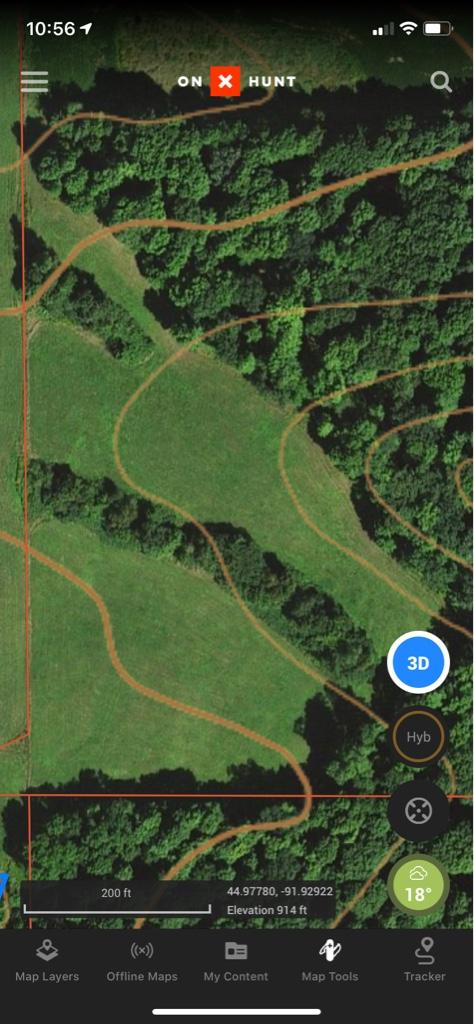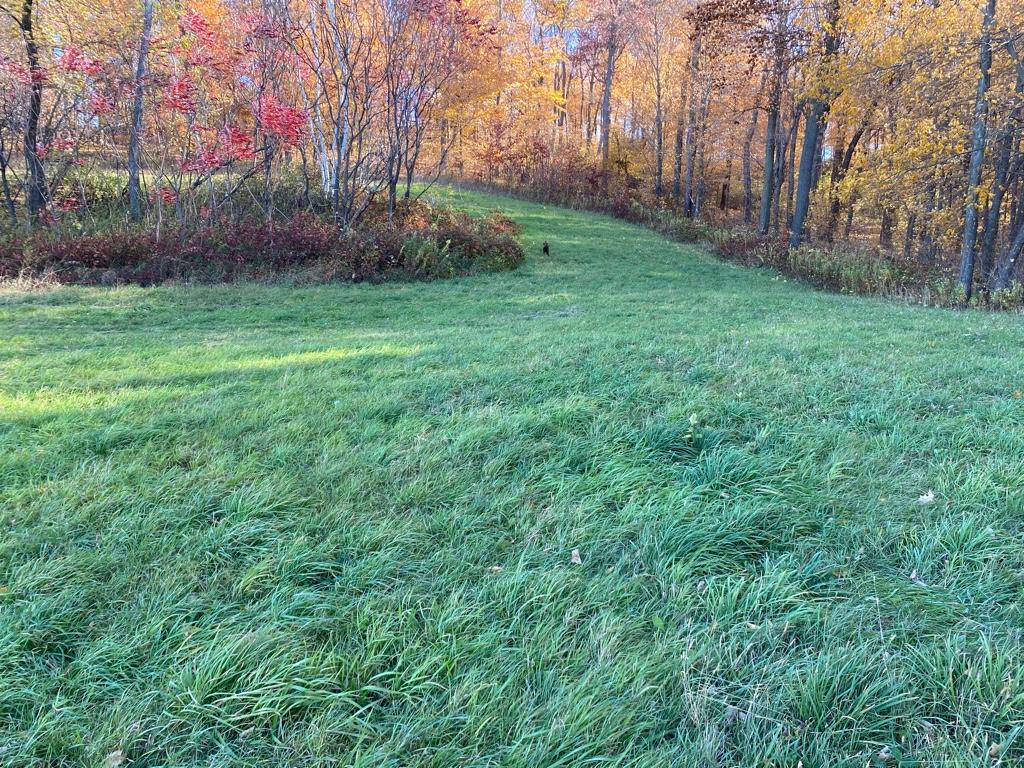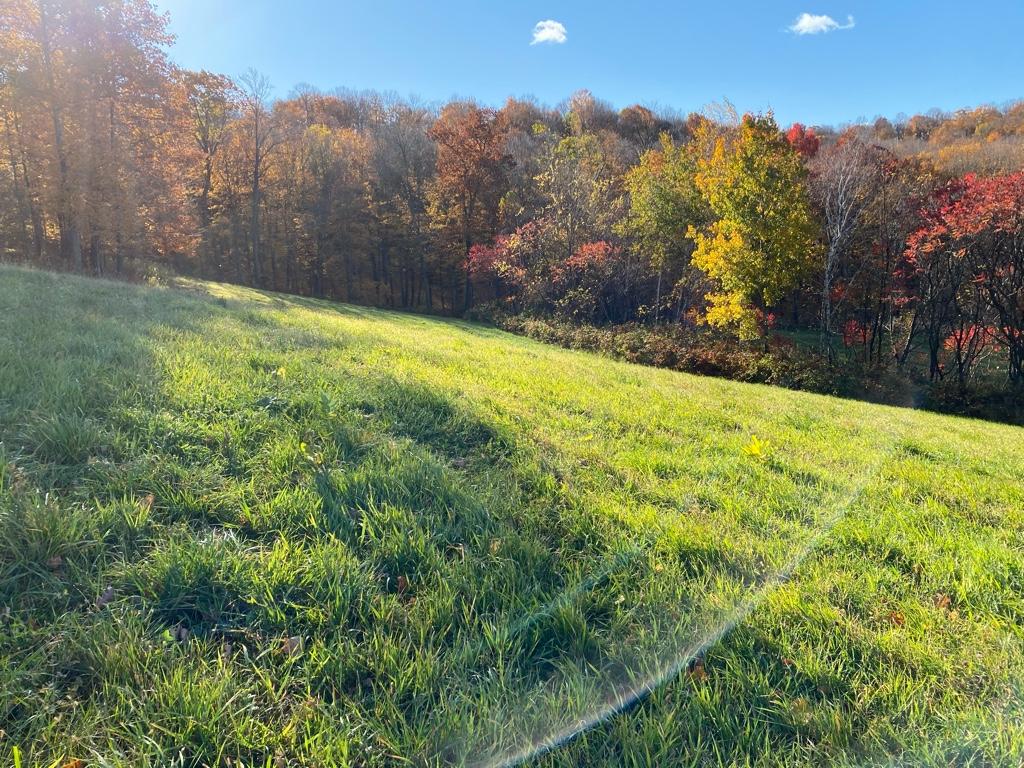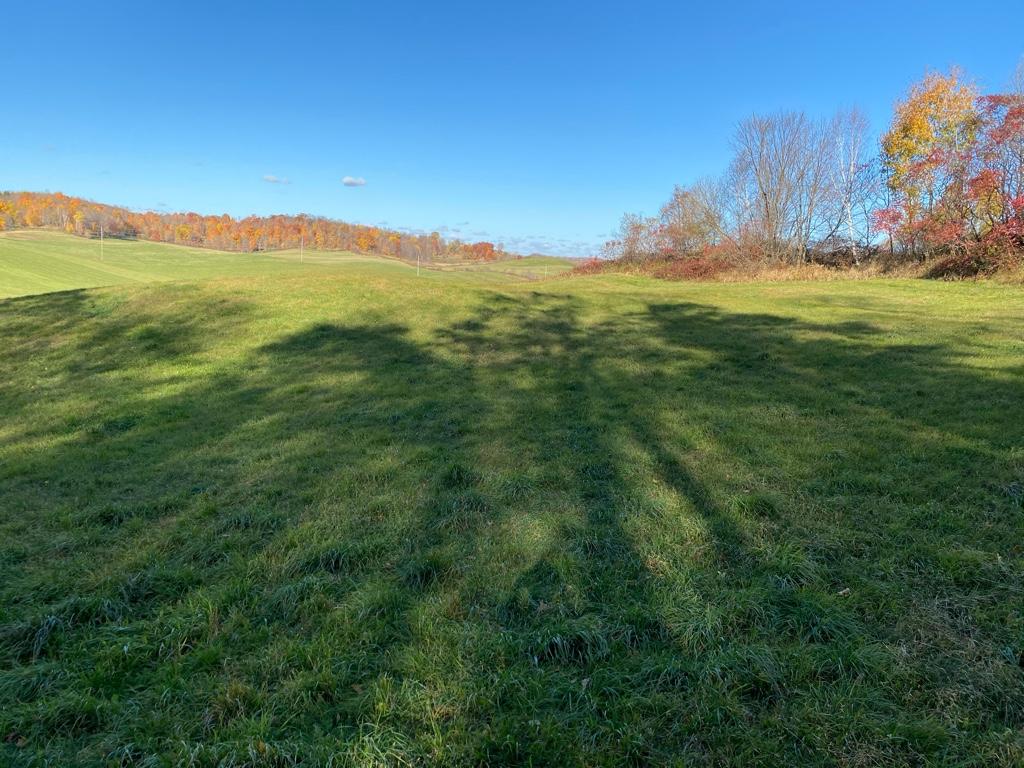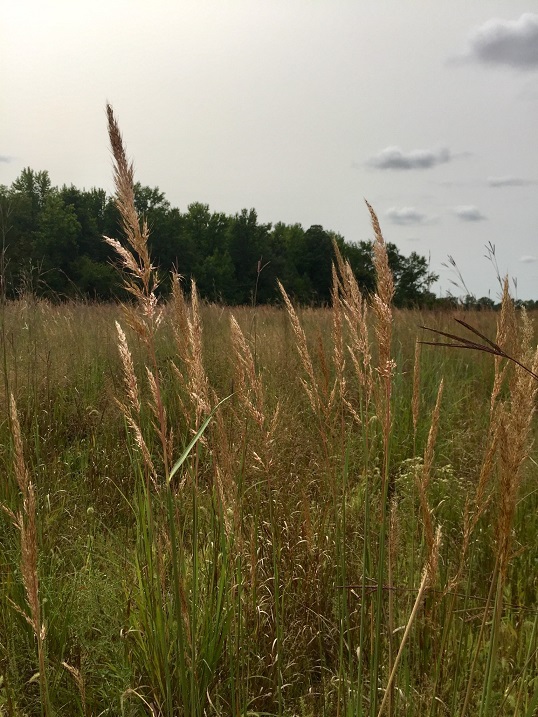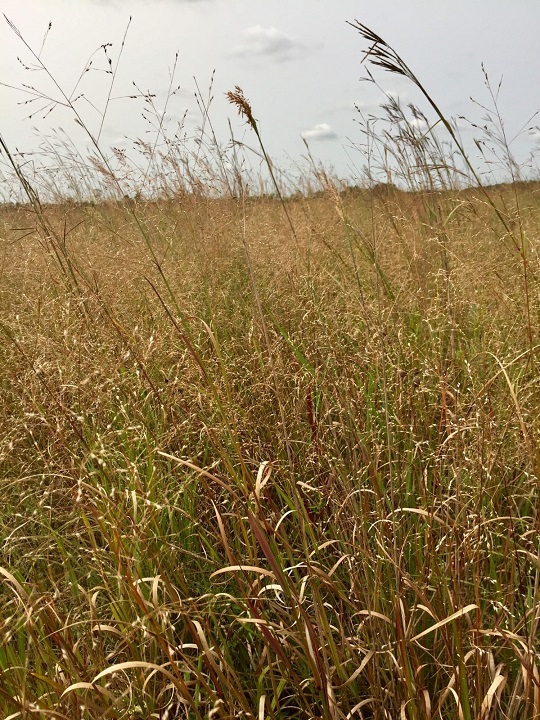On a property this size, I doubt you will be able to combine food source, bedding, and undetected access.
I would not focus on bedding, let that occur elsewhere. Your property looks to be a travel corridor. I would focus on screening and creating transition cover along wood lines ... shrubs, conifers, or strips of MG or SG to close off sight lines.
Any openings on food sources also create screening. I like the idea of all food plots for both openings. Gives you more options to play the wind and that strip of trees extending into and splitting the open areas would allow you to hunt both areas simultaneously. You could plant the western 1/3 of these openings (assuming this is the left side of your screen shot) with switch grass to concentrate deer more in the food sources. Plant one side for early season (clover, chicory, legumes, etc.) and one side for late season like Nov/Dec (turnips, brassicas, clover, etc.).
Through the woods, I wood search for travel corridors this winter such as tracks through snow. Set-up cameras to see what the movement patterns are. Evaluate your woods, stem count density in wooded areas are critical for deer & especially buck movement. Even in mature woods, a change in topography or slight increases in stem count (look for rub lines, understory brush, etc.) can be that travel path. Increase the transition cover in travel corridors in the woods by either open the canopy (my 2nd choice until you know more about the property), or plant travel lanes and blocks (my 1st choice) of shade tolerant shrubs and conifers. Just breaking up the visual sights lines and thickening the low canopy can create more security for deer movement.
If you do the above in the wooded areas, you will most likely see improved rut activity because bucks will have to search harder for does as they try to locate. With open visual cover and little transition cover bucks can come in downwind and move on if they don't see or detect what they want. Mature bucks simply won't come into a field until after dark if they can see into it.
Do you have mast producing trees in the woods? These on good acorns years would be good bow stand sites.
Remember, not every property can handle every big buck secret habitat manipulation technique shown on YouTube . Best approach for 1st year is to evaluate, monitor, observe, and learn what you have. Sometimes less is more.

